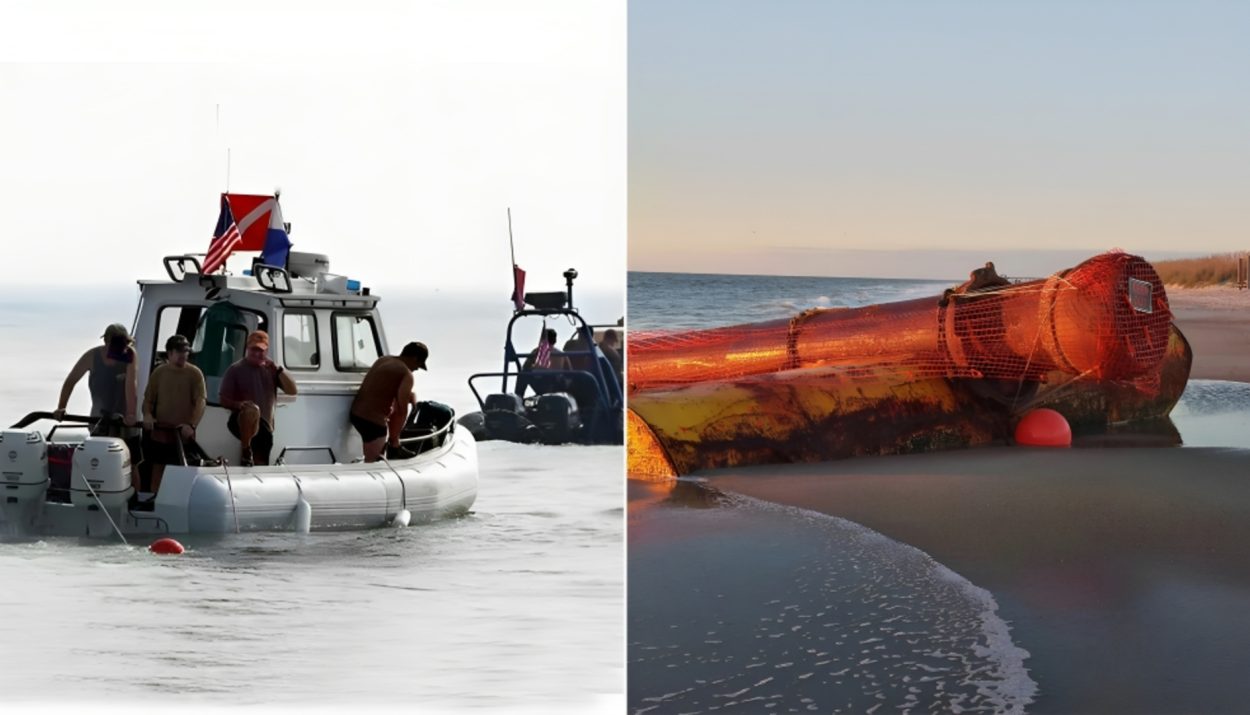Have you ever been intrigued by stories of missing military weapons? If the answer is yes, you’re in for quite a treat. This missing nuclear weapon is believed to be hidden and buried at about 13 to 55 feet below the ocean. This mysterious nuclear weapon keeps the U.S. military on edge every time there’s a spike in radioactivity readings.

This weapon went missing in 1958 when two different Air Force jets collided while flying in Georgia. This was during a training mission and it was normal practice to carry bombs while flying. To land safely after the crash, the plane dropped the bomb off the coast of Tybee Island. Several search parties were initiated but yielded no results.
The Unexpected Collision During The Armed Training Mission
Just like every other day, on February 5, 1958, a B-47 bomber headed on a simulated combat mission. With him on the flight was a single transportation configured nuclear bomb which weighed nothing less than 7600 lbs. It was normal practice to train with transportation-configured bombs.
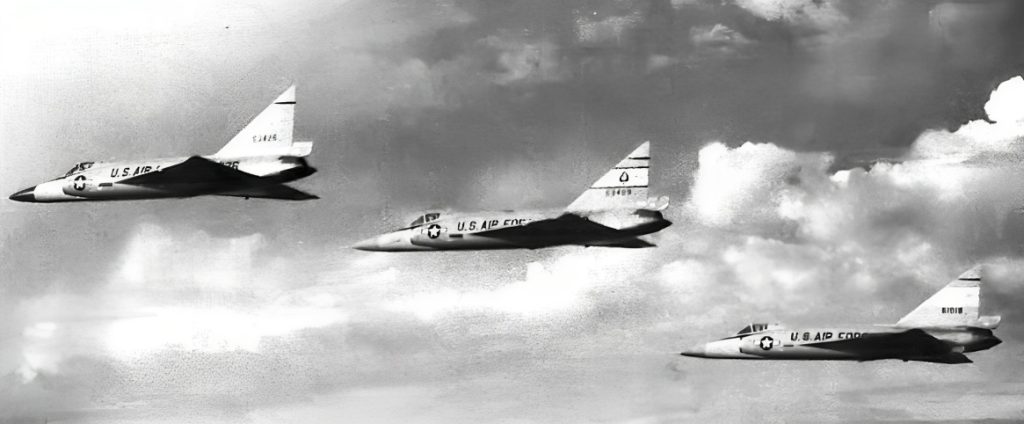
At approximately 2:00 AM on February 5, 1958, While the jet was mid-air, an unfortunate event happened where the B-47 collided with another jet. The confused pilots had to do something about the bomb on board, there was an Air Force Base under construction nearby. He could land there but had to drop the weight of the bomb.
Where Was The Bomb Dropped?
Around the time this incident occurred, none of the pilots knew when they were or where the bomb was going to drop. All that mattered to them was making sure they landed the jet without causing an explosion. The pilots made at least three attempts to land the jet at Hunters AFB, GA but were unsuccessful.

After several failed attempts, they decided to drop the bomb several miles from Savannah, along the Warsaw Sound area of the Atlantic Ocean. And when the bomb dropped the crew confirmed that there was no explosion in sight with the option of retrieving the dropped bomb later.
What Was The Bomb Made Of?
Information about the dropped bomb was released during a search party, and it revealed that the bomb contained at least 400 lbs of conventional explosives as well as uranium. The bomb was an MK15 and these types of bombs usually come with a removable nuclear capsule. It’s this capsule that makes the bomb capable of exploding.
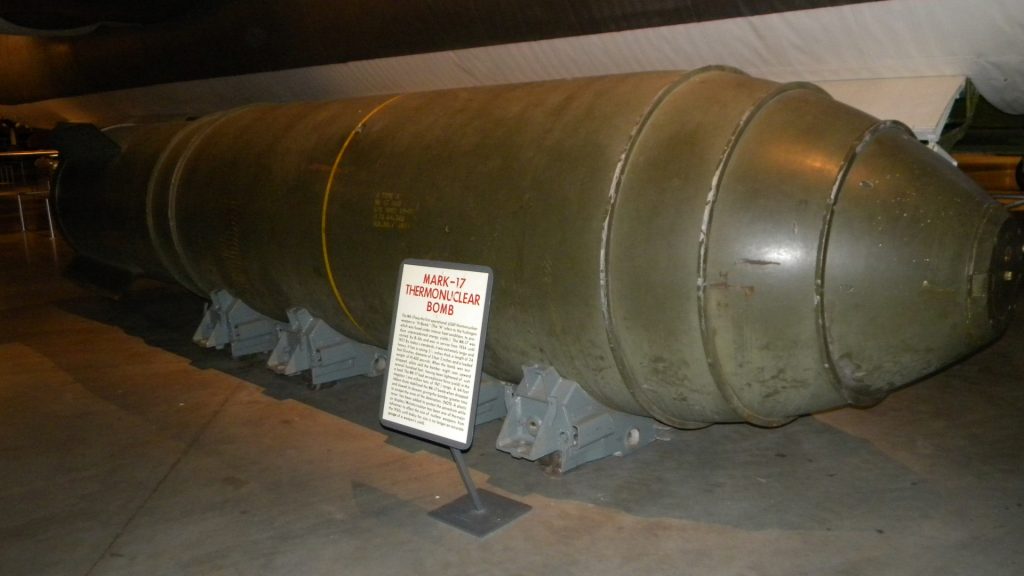
Fortunately, the transportation-configured bomb didn’t have this capsule on it. And this only meant that it wasn’t capable of creating an explosion. This influenced the decision of the crew to drop the bomb off the jet, although the bomb had no explosive material, the crash impact of the jet could still have affected it and caused extreme damage.
A Search Party Was Launched To Help Retrieve The Dropped Bomb
After everything was calm, it was time to find out where the bomb they had earlier dropped had landed. They were sure they dropped it somewhere along the coast of Georgia. So the search party began and went on for almost two months. The Airforce and the Navy divers searched a 24-square-mile area in the Warsaw Sound Area but never found it.
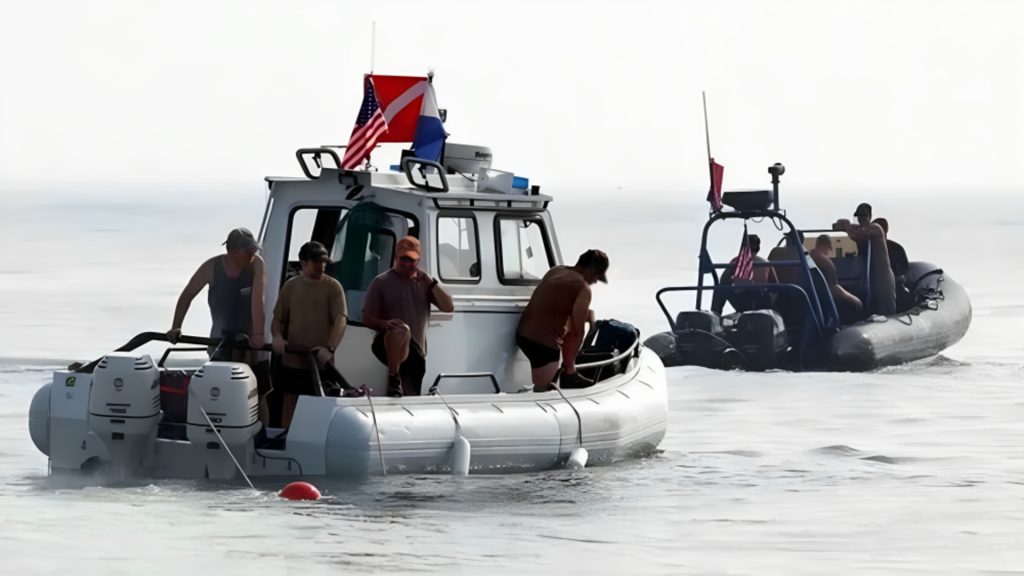
While the search for the missing nuclear weapon was going on, about 100 navy divers thoroughly searched the area using a handheld sonar. Joining the search party were various blimps and ships. On April 16, 1958, after a failed search, the military declared the bomb “irretrievably Lost” and were forced to give up on their search.
Individuals Also Attempted To Find The Missing Bomb
After so much effort to find the missing bomb, the military declared it irretrievably lost. But some officers weren’t okay with this declaration. So in 1998, a retired Air Force Lieutenant Colonel Derek Duke brought it upon himself to find the bomb. They soon embarked on their journey after gathering information about the lost bomb.

Duke and his partner narrowed their search to the areas around Warsaw Sound. Finally, they believed they had found what they had been searching for. According to Duke, he found the radiation at Tybee Island to be ridiculously high and was sure that was the location of the bomb. Just right where the pilot said they dropped it.
The Military Even Requested For A Reinvestigation
On the outside, it looked like this was a forgotten issue, but several people were still interested in the location of the lost weapon. So In the year 2000 around August Congressman Jack Kingston requested that the circumstances surrounding the missing weapon be reinvestigated. He asked that the Air Force collaborate with the appropriate constituent and also the media.
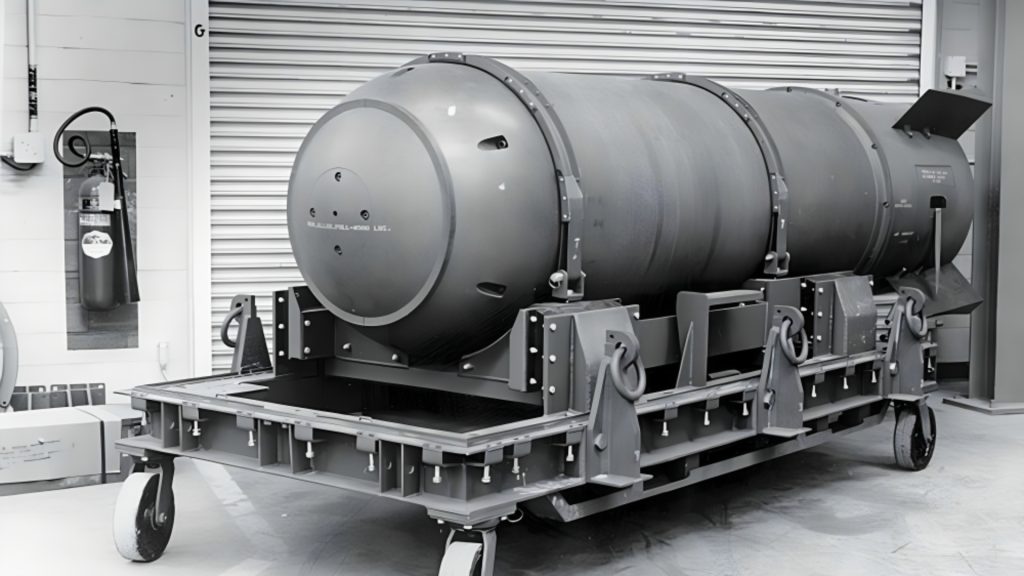
Thanks to this request, the Air Force reached out to various departments like the Navy, the Department of Energy (DOE), the Savannah District Army Corps of Engineers, and the Skidaway Oceanographic Institute. Through these departments they wanted to get a critical assessment of the condition of the weapon and if it would be advisable to try and find it.
The Department Of Energy’s Assessment Of The Missing Weapon
After the Air Force consulted the Department of Energy, they soon began to work on developing the most accurate condition of the missing bomb. They had the perfect team of engineers from Sandia and Los Alamos National Laboratories take charge of this project. To get the accurate condition they had to base their findings on certain aspects.

They needed detailed information about the bomb design, together with information about the accident. With this information, they concluded that as long as the bomb did not explode on impact, they could easily predict that the bomb was able to survive the accident.
Is The Bomb Safe Or Not?
After various analyses by the Department of Energy, they concluded that since the bomb didn’t explode after it landed, it was likely to be safe. They also presumed that the bomb would be resting 5-15 feet under the seabed. They added that if it was otherwise and the bomb did not survive the landing.
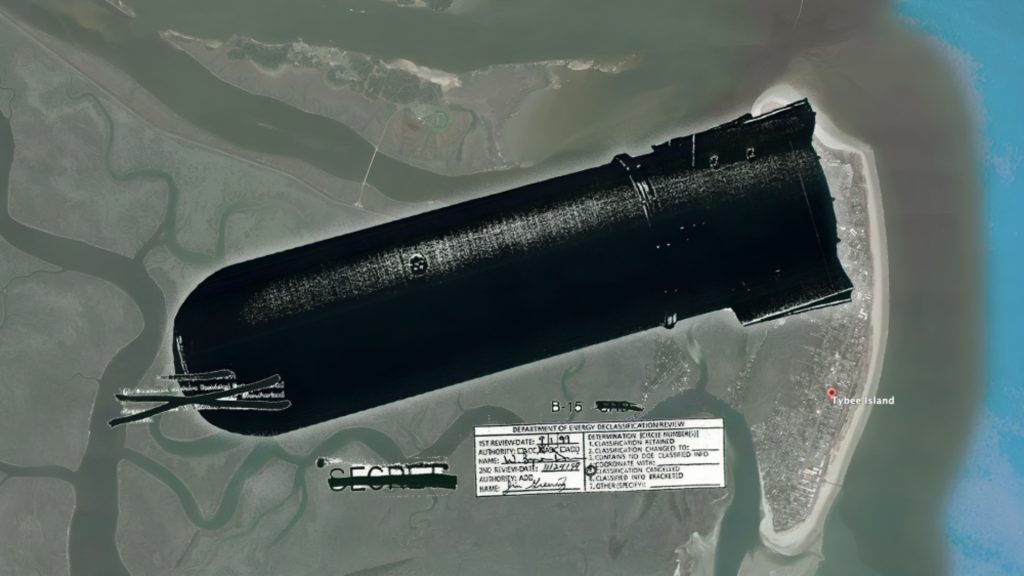
Then after so much searching, they would have been able to locate its components. This is because the components would have been dispersed in different directions. This would also mean that locating the missing bomb would be difficult and impossible.
Could The Exposure To Water Have Affected The Bomb’s Potency?
The fact that this reinvestigation took place almost 40 years later meant wherever the missing bomb was, it must have been exposed to ocean water, mud, and silt. If after these 40 years of exposure, the bomb is still intact and hasn’t exploded, the Department of Energy concluded that there is no current or future possibility of a nuclear explosion.

This only means that the missing nuclear weapon is better left untouched. If after 40 years of being in the water, it is still intact, an attempt to recover it might expose the people and even the environment to an extreme explosion. If the people’s lives are at stake is the recovery worth it?
How Much Will It Cost To Recover The Missing Nuclear Weapon?
It would be tough to arrive at an exact amount, this is because they are not sure of the bomb’s impact and also its condition. The only thing the supervisor of savage could do was give an estimate of how much it would cost. They suggested that recovering the bomb would cost about $5 million and that’s for starters.
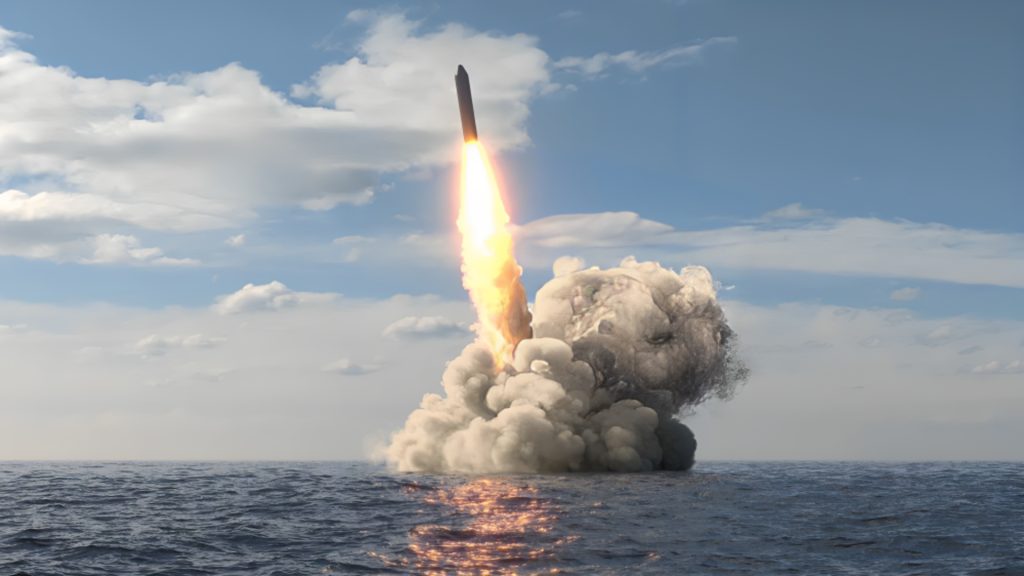
Getting the funds might be fine however, to do so they need to first get their hands on accurate information about the explosion. Considering how far back this whole thing happened, from a critical standpoint it would be better to give up on the search of this missing bomb.
How Can The Recovery Attempt Affect The People Of Tybee?
In an event where the missing bomb is disturbed during recovery, there are different ways in which it can affect the people living in these environments. The bomb has the possibility of exploding, it also can contaminate the environment while endangering the lives of those working to recover the bomb.

Recovery of the bomb might lead to a drastic hurricane, which might also pose a risk to those individuals who make a living from fishing and the shipping industry. Let’s not forget that these industries amount to a total of $28 million in annual economic activity.
Conclusion
The missing nuclear weapon has still not been found. To think this weapon has been missing for about 65 years and the military and even individuals are still searching for it. After much back and forth between the Air Force’s desire to attempt a recovery mission. They have been made to understand that a recovery mission might mean disaster.
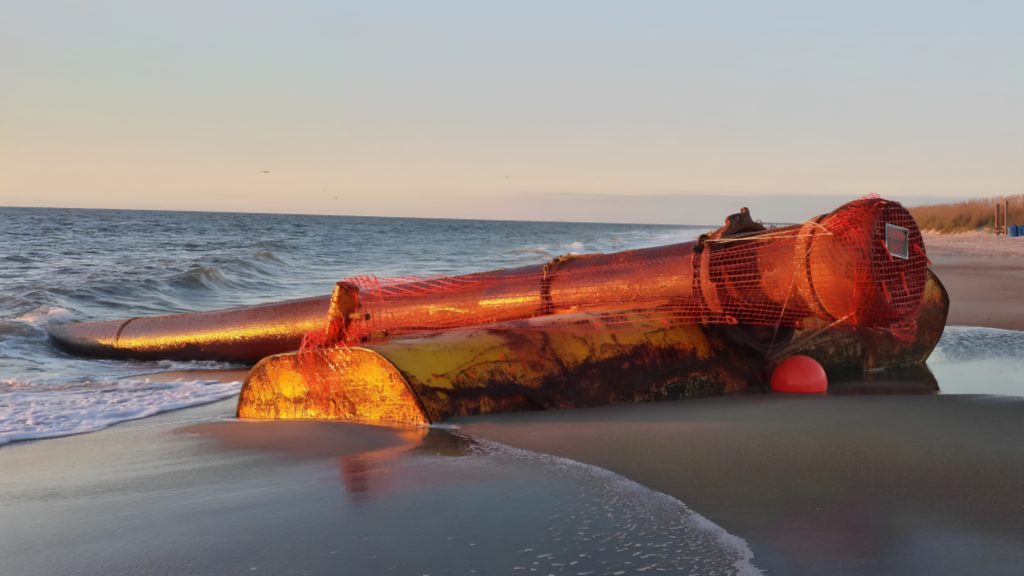
Not only will the people trying to recover the bomb be exposed to extreme danger, but the livelihoods and the environment of the people living around this part of Georgia will be affected. The military should embark on Operation Sleeping Dog, and let the bomb be without attempting to recover it.

